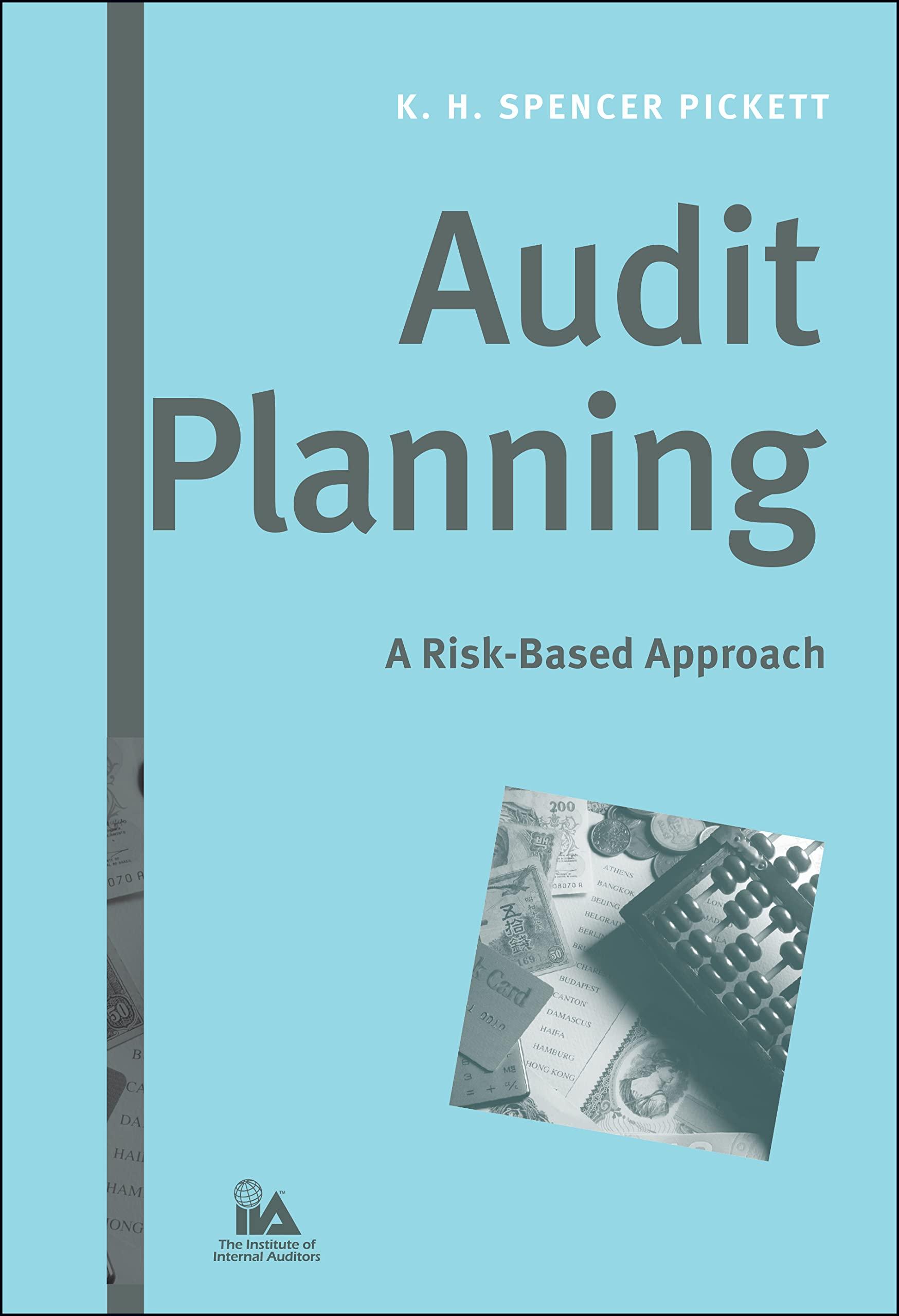Question
Partner A contributes cash of $10,000 to a partnership in exchange for a 10% interest. In the partnerships first taxable year, Partner A is allocated
Partner A contributes cash of $10,000 to a partnership in exchange for a 10% interest. In the partnerships first taxable year, Partner A is allocated $15,000 in losses. In the partnerships second taxable year, Partner A is allocated $10,000 of income. In the partnerships third taxable year, Partner A is allocated both a $3,000 capital loss and a $3,000 ordinary loss. Assuming Partner A materially participates in the partnership, to what extent (in terms of both amount and character) will A be allowed to deduct losses in the third taxable year?
| A. | Partner A may only deduct $5,000 of losses in total, but may choose to deduct $3,000 in ordinary losses and $2,000 in capital losses with the remaining $1,000 of capital loss being carried forward. | |
| B. | Partner A may only deduct $5,000 of losses in total. Further, Partner A must deduct capital losses before ordinary losses, so $3,000 in capital losses and $2,000 in ordinary losses are allowed with the remaining $1,000 of ordinary loss being carried forward. | |
| C. | Partner A may only deduct $5,000 of losses in total: $2,500 in capital losses and $2,500 in ordinary losses. The remaining $500 in capital losses and $500 in ordinary losses are carried forward. | |
| D. | Partner A may deduct $3,000 in capital losses and $3,000 in ordinary losses. This is because A materially participates in the partnership, so the passive loss limitations do not apply as a result. |
Step by Step Solution
There are 3 Steps involved in it
Step: 1

Get Instant Access to Expert-Tailored Solutions
See step-by-step solutions with expert insights and AI powered tools for academic success
Step: 2

Step: 3

Ace Your Homework with AI
Get the answers you need in no time with our AI-driven, step-by-step assistance
Get Started


